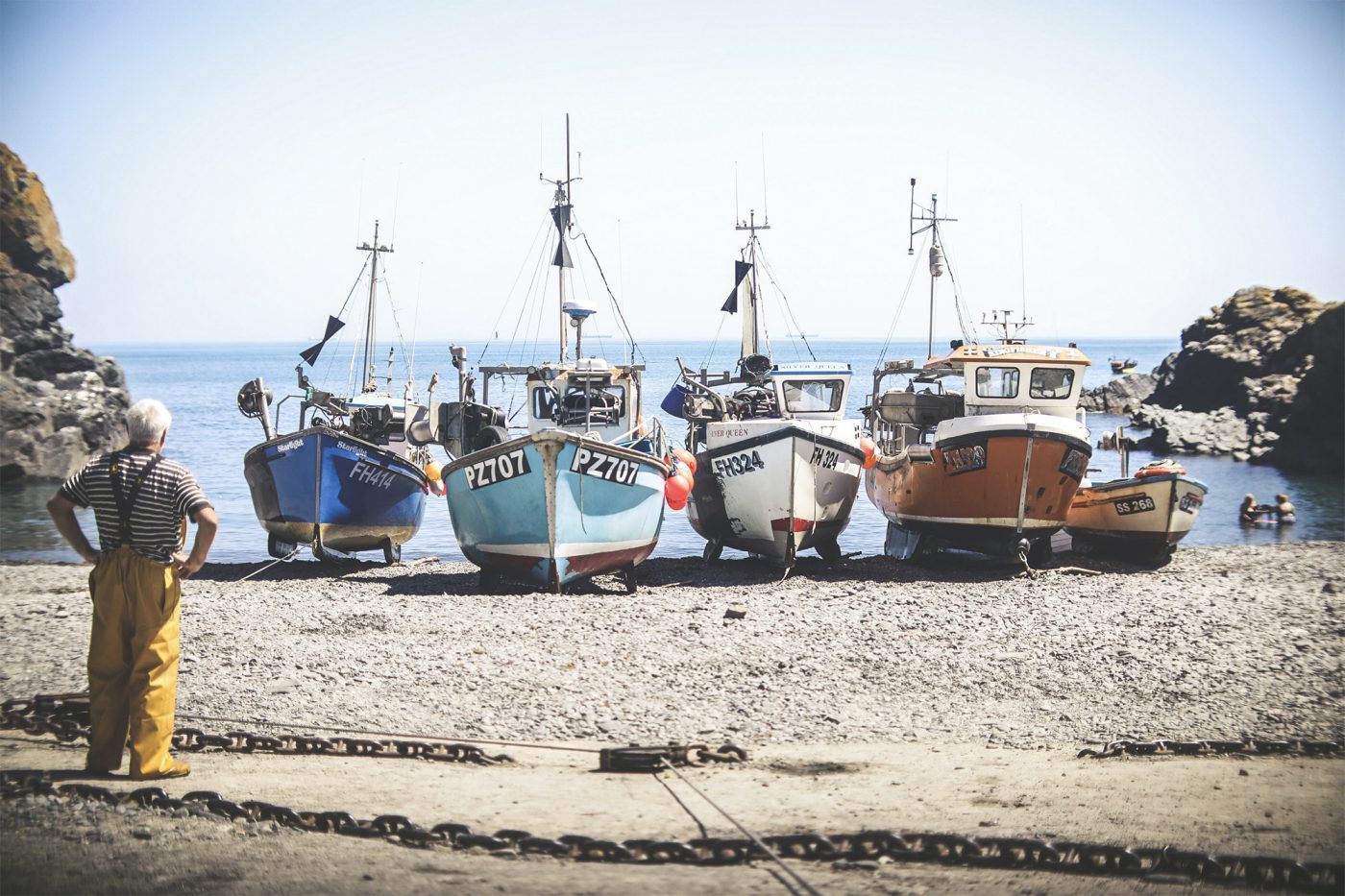22 March 2010
A formal system of marine spatial planning may still be some years down the road but when it arrives it will be of the utmost significance for all human activities at sea - including fishing - at least in EU waters.
Risks and Benefits for Fishing
As with most major initiatives like this, marine spatial planning potentially carries both risks and benefits. The benefits are a way of reducing the potential for chaos, as new offshore developments like wind-farms and marine protected areas, jockey for marine space with other seabed, water column and sea surface users, like aggregate dredging, shipping and of course, fishing. A rational, evidence based, fair and open system of planning could carry great advantages over an unplanned law- of- the- jungle approach.
There are particular dangers in marine spatial planning for fishing despite its prior claim on most sea areas, at least on the continental shelf. The wide dispersal of fishing activities often means that a crude indicator, such as £ per sq metre of different economic activities, will almost invariably put fishing at a disadvantage. Moving fishing aside to make space for higher-value-per-mere activities would be a built in feature of such an approach. Unless unchecked it would eventually lead to the displacement of fishing to such an extent that this important contributor to the country’s food security would be seriously affected.
Ground-breaking Initiative
In what may come to be seen as a ground-breaking initiative, a conference was held recently in Newcastle, organised by the North Sea Commission – a coordinating body for local authorities around the North Sea – that brought together many of the stakeholders that would be affected by marine spatial planning. Shipping, oil and gas, wind-farm, nature conservancy, scientific, recreational, as well as fishing interests were amongst the stakeholders who met with representatives from the Commission and national governments around the North Sea. It was recognised by all the participants that this was the first time that many of the different stakeholders who will be affected by marine spatial planning had been brought together.
Sketching out the pitfalls to avoid and the governance structures and approaches that would be most likely to deliver effective and balanced marine spatial planning, provided the main focus of the conference.
Commission
The European Commission described the six priorities driving marine spatial planning:
- Integrated marine governance that requires new administrative structures
- Specific instruments to deliver this integrated policy• Marine knowledge• Marine surveillance• Integrated spatial planning
- The Marine Strategy Framework Directive that will mean that decision-making on fisheries will be integrated with wider environmental policy
- A sea-basin (regional) approach based on coherent geographical units such as the North Sea – if such an approach brings “added value” over and above measures applied by the member states
- Sea-basin cooperation between all parties
- A focus on economic growth and employment in line with the European Union’s meta-policies.
It was clear that the Commission views the North Sea as likely to be one of the first “sea-basins” out of the blocks on marine spatial planning, citing the higher levels of information and levels of existing cooperation between sectors as reasons. Other sea-areas would follow.
UK Minister
UK Fisheries Minister Huw Irranca-Davies gave the keynote speech and made the important point that whilst the integration of decision-making in fisheries with broader environmental policy was inevitable, there were already examples of good practice and cooperation between sectors that might at first sight to have conflicting interests. The NFFO and SFFs’ cooperative and collaborative relationship with the oil and gas industry, at a variety of levels, over 20 years, was cited as an example worthy of study and emulation.
NFFO
The Federation:
- played an active part in the discussions
- regretted that the massive expansion of offshore wind-farms and marine protected areas was proceeding at a pace and on a timescale that will beat the arrival of a coherent system of marine spatial planning
- Emphasised the need for the fishing industry to find ways through which its key fishing areas can be defended. This will require detailed maps within a system of safeguards over the use that would be made of this often commercially sensitive information
- Raised the issue of the legal basis for new regional management bodies within the CFP or in the context of marine spatial planning given that the EU treaties make no specific provision for regional law making bodies
- Gave a presentation on the generally very positive first meeting between the North Sea Regional Advisory Council and Forewind, the developer of the Dogger Bank wind-farm
Future Coordination of Offshore Stakeholders
The conference was very similar in tone to the 1998 meeting in Haddo House, in Aberdeenshire, that gave rise to the North Sea Commission (Fisheries Partnership) which provided an international forum for fishermen and scientists, and which later went on to form the North Sea RAC. There are clear advantages of being aware of developments and thinking in other offshore sectors, as well as engaging with the authorities on the shape of marine spatial planning, as it develops. It is likely that this conference will be the first step in providing a permanent focus for these exchanges.

